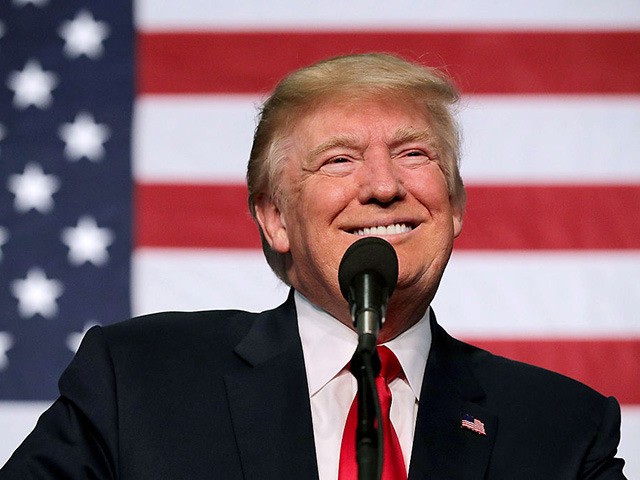The U.S. economy grew two and three-tenths percent in 2019, growing every single quarter and upending widespread predictions for a recession last year.
The risk of a recession ranked as the number one concern of corporate leaders, according to a survey of chief executives from the Conference Board released in January of 2019. But that was hardly the only recession forecast.
- Almost half of the respondents at an executive conference held by the New York Times and the Yale School of Management in December 2018 thought the U.S. could wind up in a recession by the end of 2019.
- Almost half of U.S. chief financial officers forecast that a recession would hit the U.S. economy by the end of 2019, according to the Duke University/CFO Global Business Outlook survey released December 2018.
- On average, economists surveyed in January 2019 as part of The Wall Street Journal’s monthly poll said there was a 25 percent chance of a recession in the next year, a big jump from the prior year. The 12-month prediction climbed as high as 35 percent in August.
Bloomberg’s recession probability tracker jumped to 49 percent chance.
These recession odds were widely reported across the financial media, no doubt stirring up trepidation that a recession loomed.
Economic conditions certainly did not warrant this level of pessimism. Inflation was low and falling. Unemployment was also low and falling. The U.S. had raised tariffs on China but these were not raising prices in the U.S. or causing any serious economic dislocations. China retaliatory tariffs had very little effect outside of the agricultural sector–where the government promptly stepped in with aid dollars generated by the tariffs. The New York Fed’s tool for predicting a recession based on bond yields registered just around a 10 percent chance in January of 2019.
So what went wrong? One thing might have been the over-confidence of the Federal Reserve that growth could continue even as rates climbed. The Fed had hiked interest rates four times in 2018 and it was projecting that the economy could grow 2.3 percent in 2019 while the Fed Funds rate climbed up to an average 2.9 percent for the year. Although the Fed turned out to be right about the growth rate, it had to cut rates three times to achieve the forecast. In actuality, the Fed Funds rate averaged 2.16 for the year.
Notably, however, many economists were in denial that the Fed’s policy was the problem. Only one-in-four agreed with President Trump’s claim that the Fed was the biggest threat to the economy.
Another source of the recession predictions was ideology. The Trump administration’s trade policies in 2019 ran counter to the desired policies of many corporate leaders and economists. So they responded by fearing that not getting the policy they liked would lead to a recession.
Whatever the reason, it is now clear that the fears were overblown. The economy grew at a solid pace in 2019, well above the level the Fed considered the longer run potential for growth.

COMMENTS
Please let us know if you're having issues with commenting.